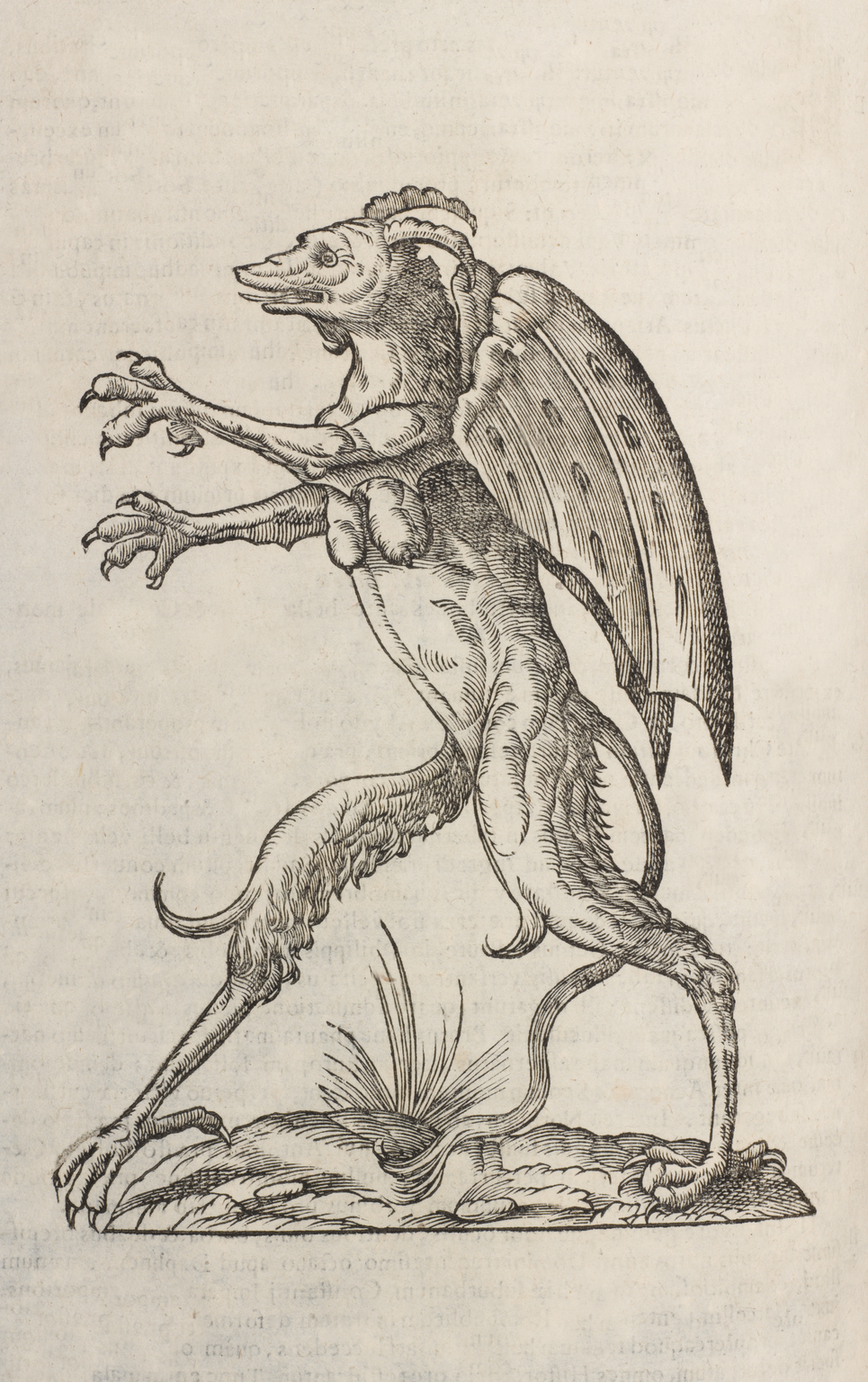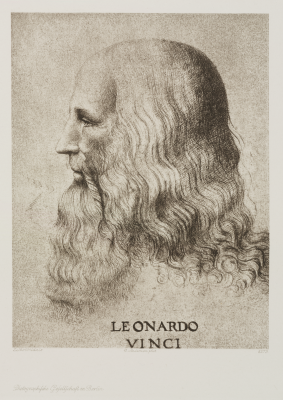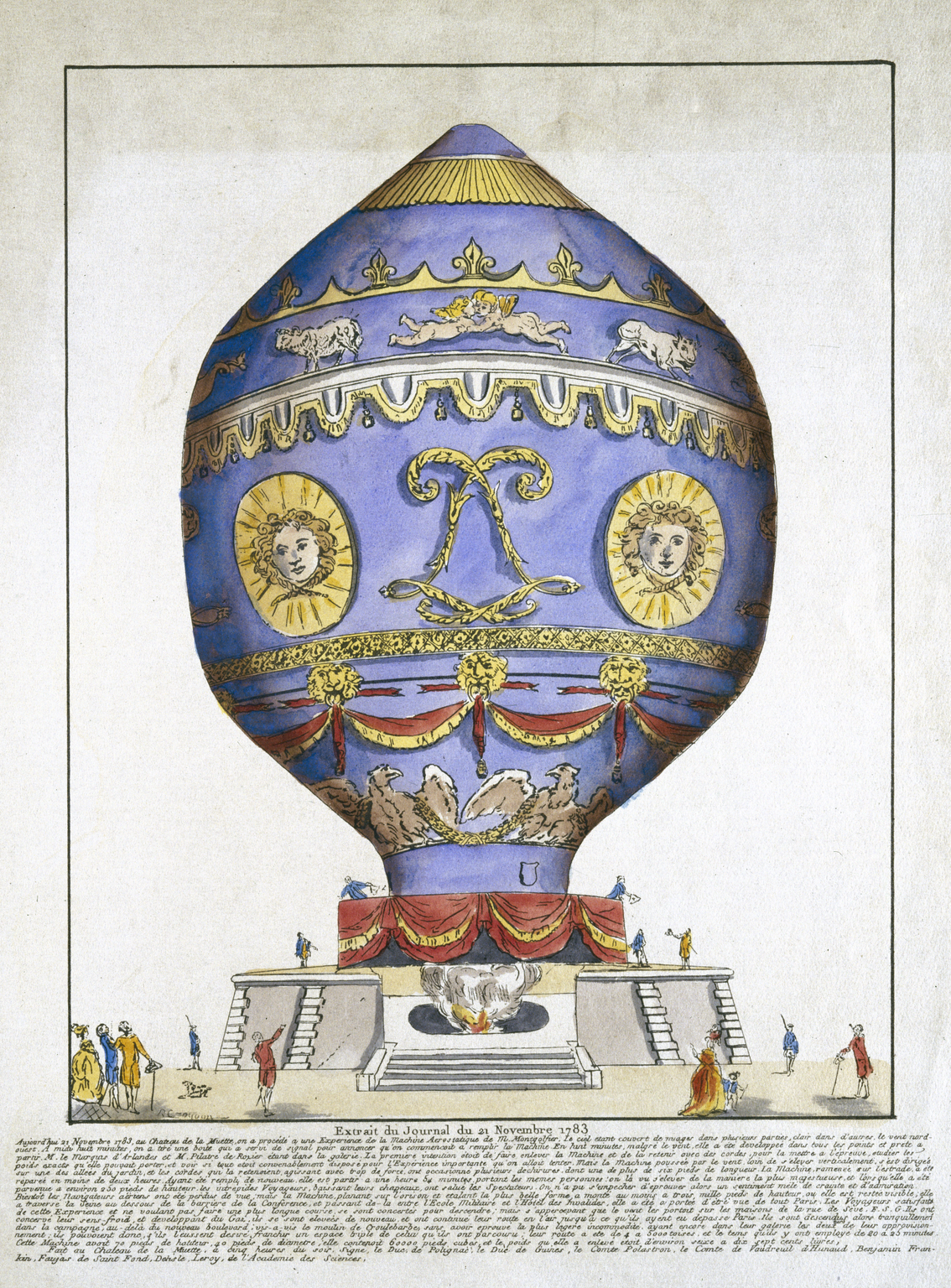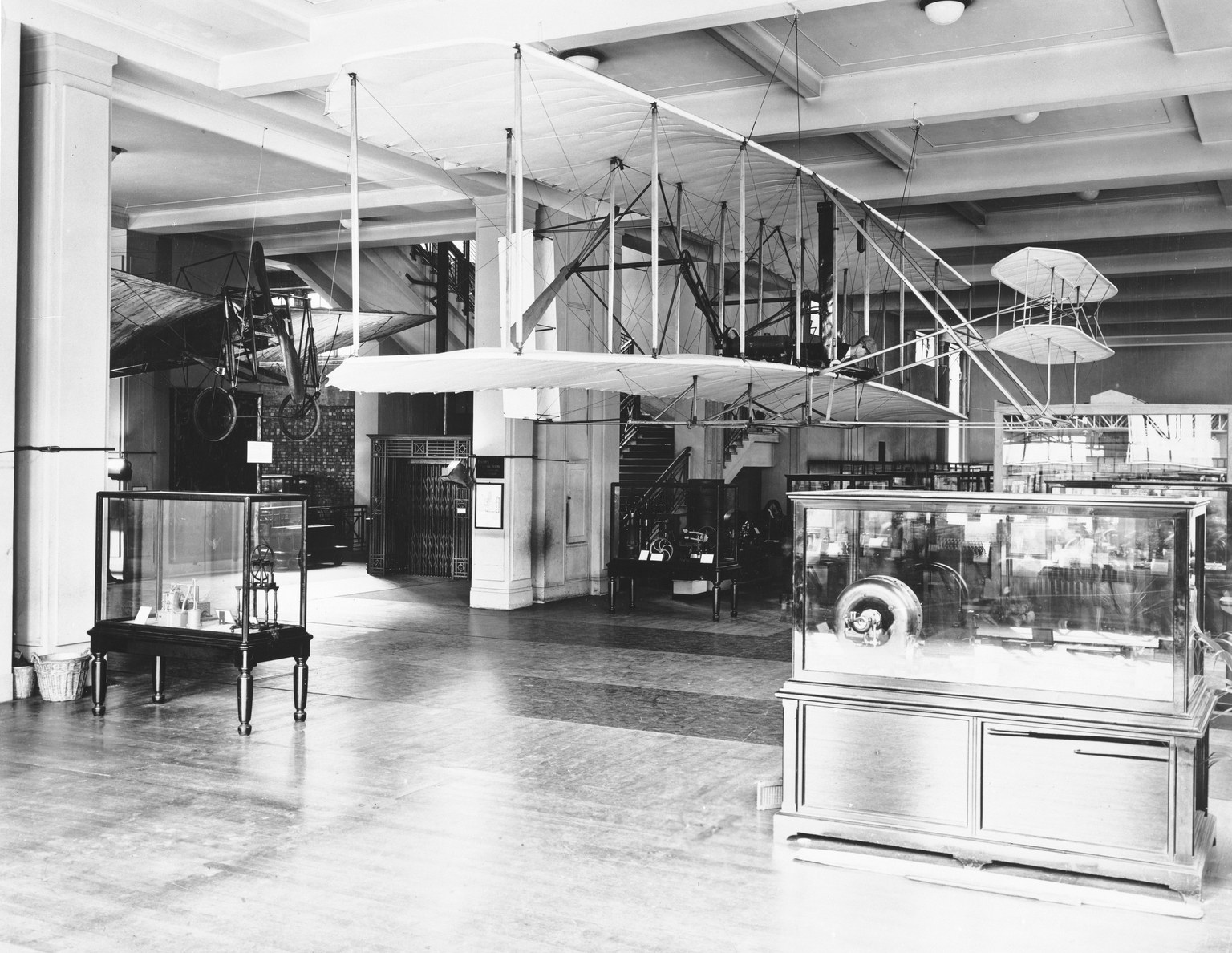The dream of flight is as old as humanity.
Winged gods, horses and other such creatures abound the mythology of all ancient cultures. The best-known legend of human flight is that of Daedalus and Icarus and the disaster of flying too close to the sun.
However, the path from dreams to success was a long and arduous one. It took centuries of injuries and deaths before we arrived at the dawn of human flight.

The Middle Ages played host to feathered bird liked angels; fearsome creatures and devils flying on the wings of bats. This began an obsession with flapping flight, but these renaissance experiments were conducted with little to no understanding of how birds fly.
Despite this, fifteenth century Europe made tremendous strides in aeronautical science.
Leonardo da Vinci left over 500 sketches and 30,000 words in manuscripts devoted to flying machines, bird flight, and the nature of air.

Unfortunately, he too had a fixation with flapping flight:
‘A bird is an instrument working according to a mathematical law. It lies within the power of man to make this instrument with all its motions…’
Upon his death, his manuscripts and sketches were left to his misguided friend Francesco de Melzi who hoarded them for fifty years until they were haphazardly dispersed by his son.
Leonardo’s work did not become well-known until the 1880’s when aeronautical science had already become established.
After Henry Cavendish’s discovery of hydrogen in 1766, scientists, including Joseph Montgolfier, succeeded in flying small paper and cloth balloons filled with hot air.
On 21 November 1783, Montgolfier launched the first hot balloon.
These accents into the sky had a profound impact on contemporary culture; blossoming aeronautical art, fondly known as Ballooniana, of which we have a rather lovely collection.

The nineteenth-century saw the dawning realisation that real flight was possible, with innovations from pioneers such as Sir George Cayley, Hiram Maxim, Otto Lilienthal, Samuel Franklin Cody and Lawrence Hargrave, and the founding of the Aeronautical Society of Great Britain in 1866.
We then entered the Age of Reason and the momentous success of the Wright brothers. Wilbur and Orville Wright, both born in Ohio, USA, were frustrated intellectuals who saw the dreams of flight as a personal challenge.
Wilbur once said ‘my observations have convinced me that human flight is possible…’. Their key insight was that birds kept their lateral balance by twisting and gliding with their wings.
On 17 December 1903, at Kitty Hawk, North Carolina, after unusual amounts of persistence the Wright brothers achieved the first successful human flight.
On 14 December Wilbur had made their first unsuccessful attempt, having won the toss of a coin. He had stalled and landed rather clumsily.
It was, therefore, Orville’s turn to fly.

After setting up a tripod and camera to capture the hopefully successful moment, Orville took off for a full 12 seconds before striking the sand 36 meters from his take-off point.
He had achieved the first heavier-than-air flight.
Three more successful flights were made that day; on the last one Wilbur flew for 59 seconds and covered 260 meters.
The Science Museum has a very special history with the original Wright Flyer.
In 1928 Orville Wright loaned us the glider, and London became its home for the next twenty years. In 1948, after the end of his long-running feud with the Smithsonian Institute, Orville arranged for the glider to be returned to America and for an exact replica to be made for display here at the Science Museum.

What followed was a remarkable period of innovation and development catalysed by two global wars. Air transport quickly displaced ocean liners, and ‘bigger and faster’ became the common motto among engineers.
This period also saw a growing number of extraordinary female pilots including the great Amelia Earhart, Jean Baton and Amy Johnson, who defied the common belief that ‘women were not capable’.
Visit our Flight Gallery at the Science Museum and see an exact replica of the Wright brothers’ glider, Amy Johnson’s Gipsy Moth and a complete slice through a Boeing 747 jumbo jet.
Or you can take the controls for yourself at Fly Zone, our selection of hands-on flight simulators that allow you to pilot your very own jumbo jet, or fly with the RAF Red Arrows.
